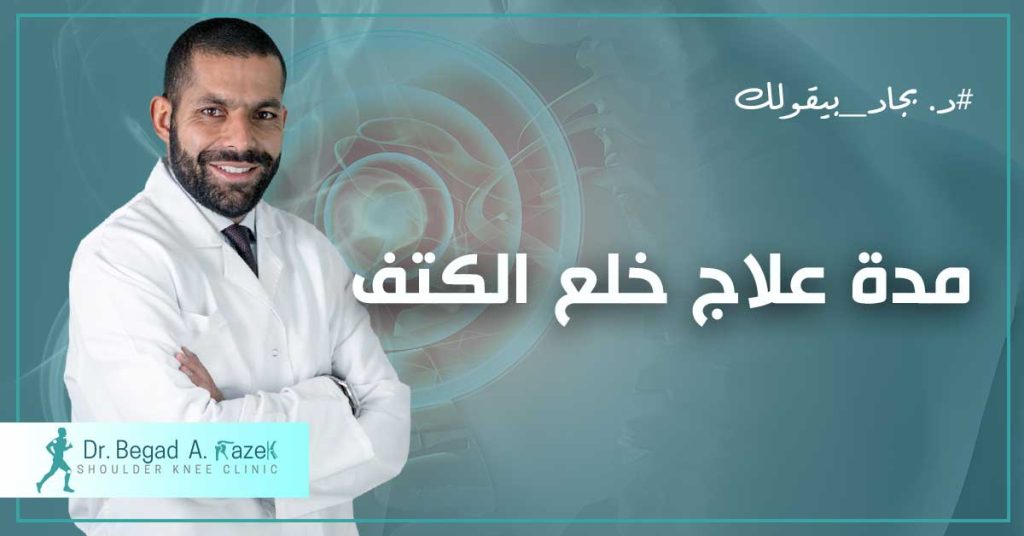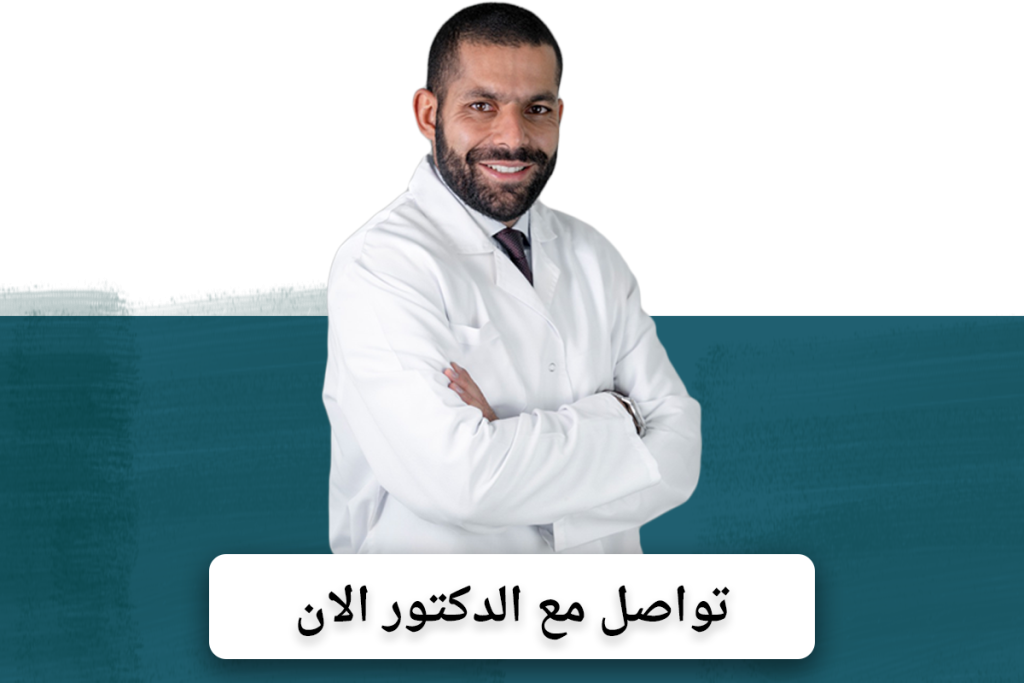
The duration of treatment for shoulder dislocation depends on several factors, including the type and severity of the dislocation and how it was treated. Therefore, there is no accurate answer for the duration of treatment each person needs. However, there are some general guidelines about the duration of treatment:
1- Reduction: Shoulder redirection is usually done in a hospital or doctor’s office. This procedure may take a few minutes to approximately an hour, depending on the complexity of the case.
2- Shoulder immobilization: After reorientation, the shoulder should be immobilized to prevent recurrence of the dislocation. Wearing a shoulder splint can take anywhere from a few weeks to several months, depending on your doctor’s recommendations.
3- Physical therapy sessions: After the stabilization period, the patient may need physical therapy sessions to strengthen the muscles surrounding the shoulder and restore the shoulder range of motion. These sessions are usually for several weeks to several months.
4- Follow-up: After physical therapy sessions are completed, the patient may be directed to follow up with a doctor to evaluate the progress of healing and ensure the shoulder is properly restored. Follow-up can include radiological examinations and medical examination sessions.
It is very important that the patient strictly adheres to the doctor’s and physical therapist’s instructions to ensure the shoulder is restored correctly. A doctor must be consulted to determine the necessary length of time for treatment based on the patient’s specific condition.

Post-shoulder dislocation treatment
After completing treatment for a shoulder dislocation, there may be some steps and tips that you should follow to help heal and strengthen the shoulder. Here is some important information after treating a shoulder dislocation:
- Medical follow-up: It is important to return to the doctor for a follow-up examination and to evaluate the progress of healing. Follow-up can include radiological examinations and a medical examination to ensure that the shoulder is restored properly.
- Physical therapy: The doctor may recommend continuing physical therapy sessions for a longer period after the stabilization period ends. This helps strengthen the muscles surrounding the shoulder and restore range of motion. You must adhere to the instructions of the physical therapist and perform the prescribed exercises regularly.
- Comfort and Protection: The injured shoulder may need a period of rest while it heals. Your doctor may recommend restricting activities that put excessive stress on the shoulder or increase the risk of re-injury. He may also recommend wearing a shoulder splint during sports activities or activities that may be stressful to the shoulder.
- Muscle strengthening: Prescribed therapeutic exercise programs can be completed to strengthen the muscles surrounding the shoulder and improve its stability. This helps prevent re-dislocation and enhance shoulder strength.
- Gradual return to activities: Activities and sports must be gradually returned after recovery. Excessive activity or vigorous movements should be avoided, which may weaken the shoulder or increase the risk of injury.
It is very important to adhere to the directions of your doctor and physical therapist after treating a shoulder dislocation to help achieve optimal healing and restore full shoulder function.
Additional tips to speed up the recovery process after shoulder dislocation treatment?
Of course, there are some additional tips that can be followed to speed up the recovery process after shoulder dislocation treatment. Here are some tips:
- Applying ice: Ice can be applied to the affected shoulder to help reduce inflammation and relieve pain. An ice pack or cooling ointment can be used on the shoulder for 15-20 minutes several times a day.
- Massage and stretching: Gentle massage and stretching exercises guided by a physical therapist can help improve flexibility of the muscles surrounding the shoulder and relieve muscle tension.
- Inflammation: Your doctor may recommend taking nonsteroidal anti-inflammatory drugs (NSAIDs) such as ibuprofen to reduce inflammation and pain. However, you should consult a doctor before taking any medication.
- Healthy Food: Eating a balanced, healthy diet can support the healing process. Healthy proteins, vitamins and minerals should be included in the diet to promote muscle and tissue health.
- Avoid vigorous activities: You should avoid excessive force on the injured shoulder and avoid sports or activities that weaken the shoulder or increase the risk of re-injury until the shoulder is fully healed.
- Rest and good sleep: The body and shoulder must be given sufficient time to rest and relax. You should also make sure to get good and adequate sleep to promote the healing process.
It is very important that you consult your doctor or physical therapist before applying any additional advice to ensure that it is appropriate for your particular condition and does not interfere with the treatment you have received.

